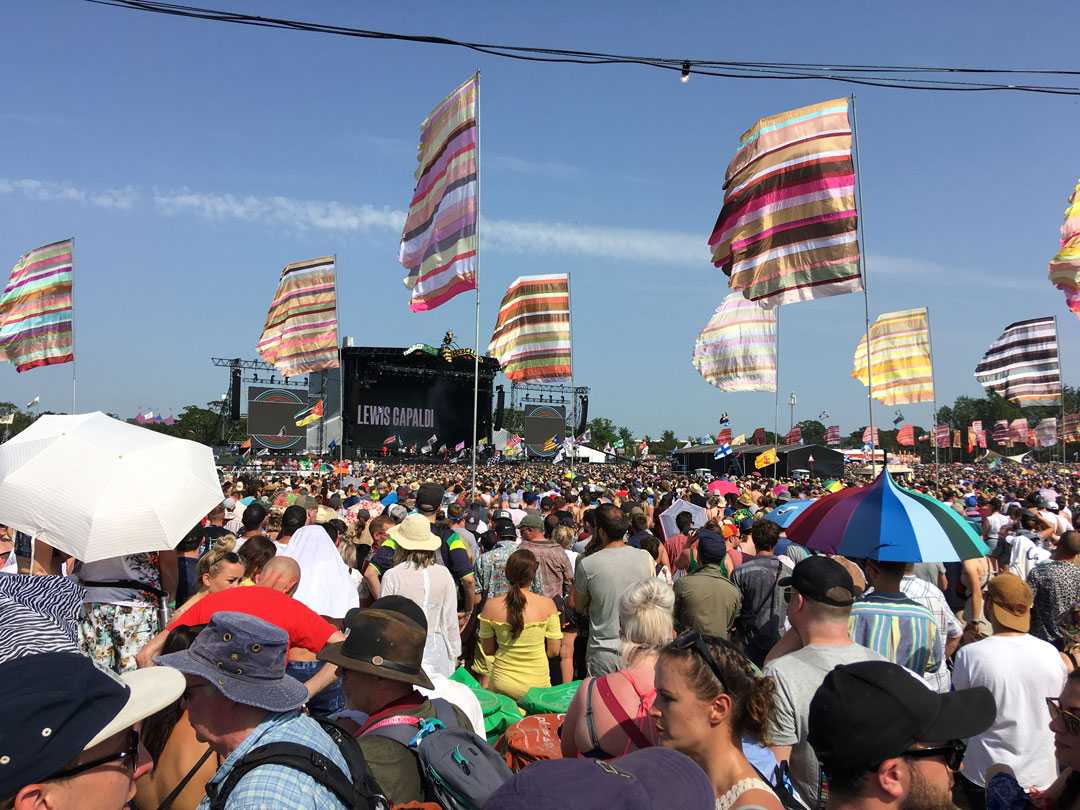d&b KSL joins V-Series at Glastonbury
- Details

Glastonbury veteran, Skan - which has been providing PA systems for the festival’s second stage since 1989 - supplied the d&b KSL System for The Other Stage, where headliners included Tame Impala, Chemical Brothers and Christine and the Queens.
“The stage size and technical demands increase every year, and we have increased the spec and system requirements alongside this growth,” says Skan senior designer Matt Vickers. “We beta-tested the GSL System at Glastonbury in 2017 and that experience has contributed to the stunning results we can get from both GSL and KSL Systems.
“‘Punchy, tight and so clean’ were words thrown around by various incoming engineers, and comments overheard backstage and given to our stage team were that the KSL System was generally considered to be the best sounding - and best behaving - rig across the site over the weekend.”
Skan specified the KSL System with 20 boxes on each main hang, plus 18 on each side-hang, and 20 SL-SUBs arranged vertically (stood on their ends) in a distributed array along the downstage edge. Fills consisted of a single centre flown pod of V-Series, and out fills of J12.
“The barrier line of an event of this size is somewhere around 5m from the downstage edge, so we can cover this from the flown arrays, and it is far enough away for the perception of the sound to come from the 2.5m high stage without the need for infills on the downstage edge,” Vickers continues. “The approximate coverage area we are required to fill is around 120m deep, and 120m across. It’s fairly flat, with only minor undulations as you go back, and only a slight lean from stage left down to stage right.
“However, there is always a surprise act - this year, it was Lewis Capaldi - that the audience flocks to, filling a much larger area around the sides and into the far camping area, so the system has to behave itself off-axis and in the very far-field as well, even if that is at the cost of SPL to adhere to licence conditions.”
As with most outdoor shows, Glastonbury has strict noise emission controls in place to ensure that sound doesn’t impact on other stages, the camping areas or on wider residential areas.
“A few years back, I created a NoizCalc file for this site, because the biggest challenge at this site is weather variations and wind,” says Vickers. “The KSL System is remarkably stable, even in the strongest winds and I imagine this has a lot to do with the full range pattern control coming from the arrays. This means that even if the direct sound is blown off course, the indirect sound is so tonally constant and controlled that there is little perceivable difference within the listening area.
“For the first time, the flags in the audience area were more of an indicator of high wind than the sound swishing around.”
Vickers concludes: “It’s always difficult to praise yourself without sounding smug, but you know it’s good when, despite around seventy percent of all incoming bands bringing in their own control desks with a pre-set show ready to go, the engineers turn to you as soon as their band starts with a big old smile as they immediately have the results they want from their mix.”
(Jim Evans)

















